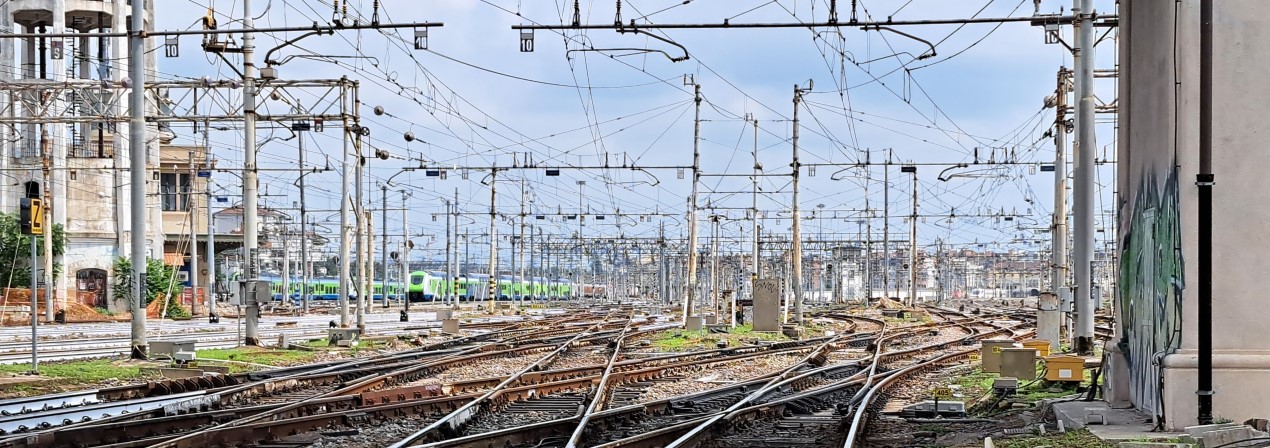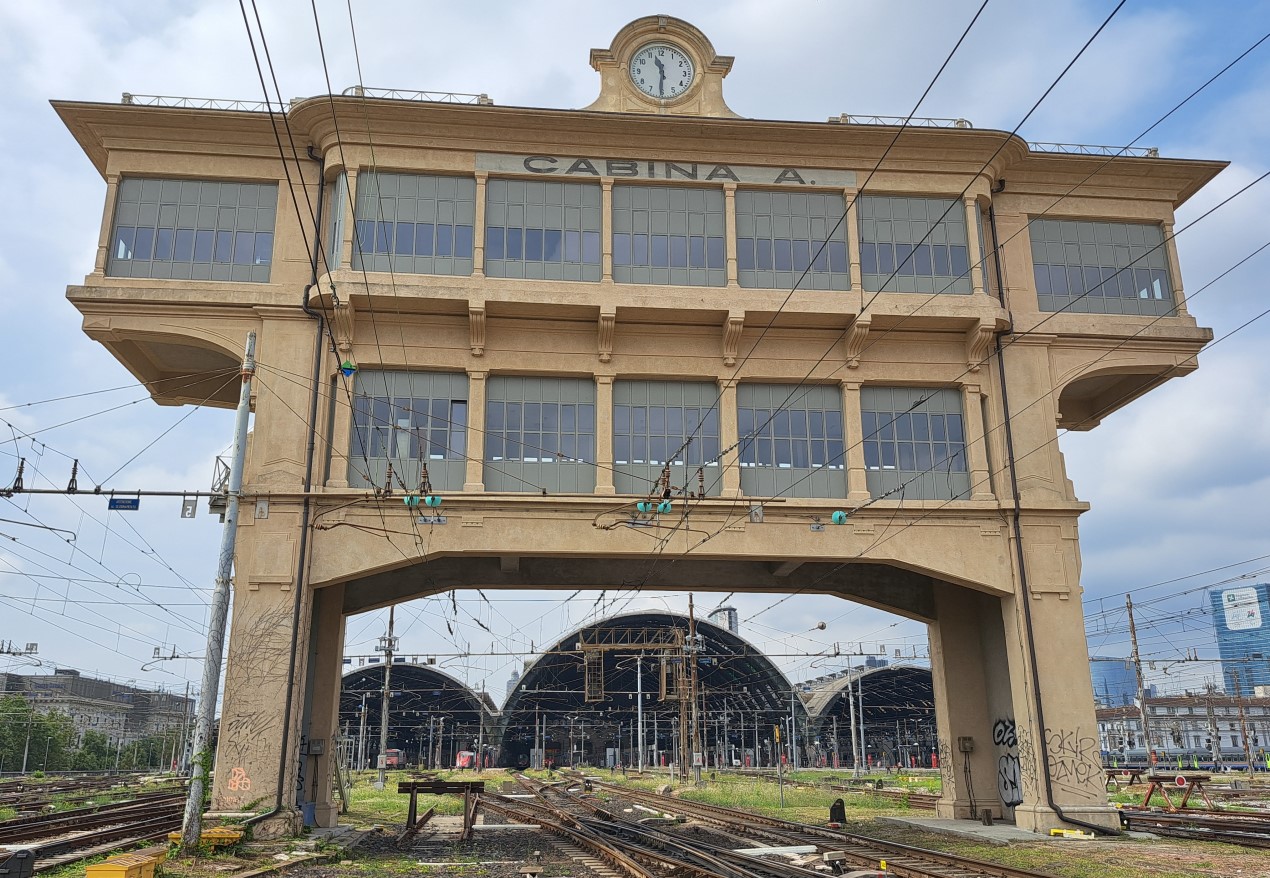Milano Centrale upgrading works launched
Integration of innovation and the urban setting

On Thursday 27 March, Italferr formally launched the works related to technological and infrastructural upgrading of Milano Centrale, a strategic hub that handles more than 6 million passengers a month, making it Italy's second biggest railway traffic station. This constant flow made a renovation project necessary, integrating the amendments to the General Regulatory Plan and implementing new technologies based on computerised logics, in order to optimise the infrastructure and ensure an efficient, punctual service.
These works are broken down into two macro phases, each having 4 sub-phases, focussing on two key areas: modifying the infrastructural sub-system, with equipping of tracks and points in order to increase shunting capacity and flexibility, and working on the Energy sub-system, with the required remodulation of the contact-line system In addition a new signalling and traffic control (CCS) system is to be installed, able to manage more railway routes simultaneously.
The logic of the new CCS sub-system will be spread over 6 Area Managers, which will be interconnected, and with the forecourt bodies with a network of 1240 km of cables. In order to minimise the environmental impact, the works on modernising technological plants are to be done in existing spaces, two in the oblique cabins and four beneath the station's rail level (linked stores). An interior structure has been designed for these spaces that ensures they are waterproof and encapsulates the technological equipment, without compromising the building's external aesthetics, while complying with the station's historical / cultural restrictions.
Renovation of Milano Centrale Station marks a significant step ahead in the future of Italy's rail transport. Integration of technological innovation and care taken over the urban context will make it possible to create an even more efficient, sustainable, and accessible railway hub, benefitting passengers and commuters.
